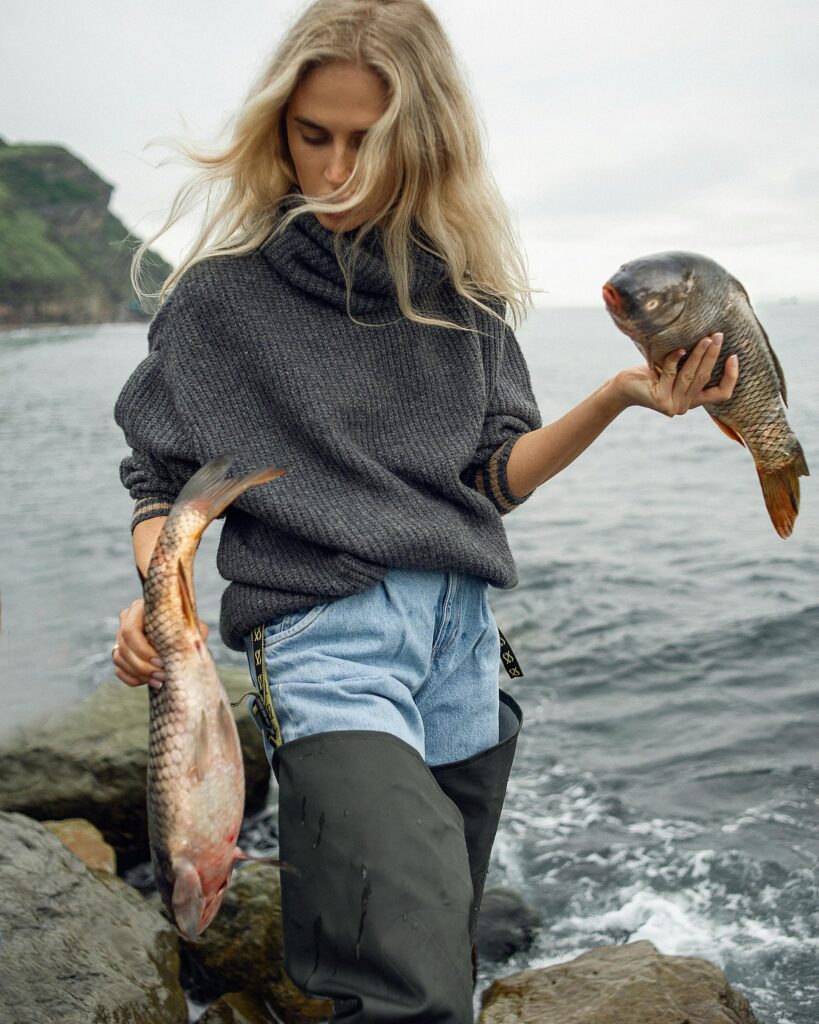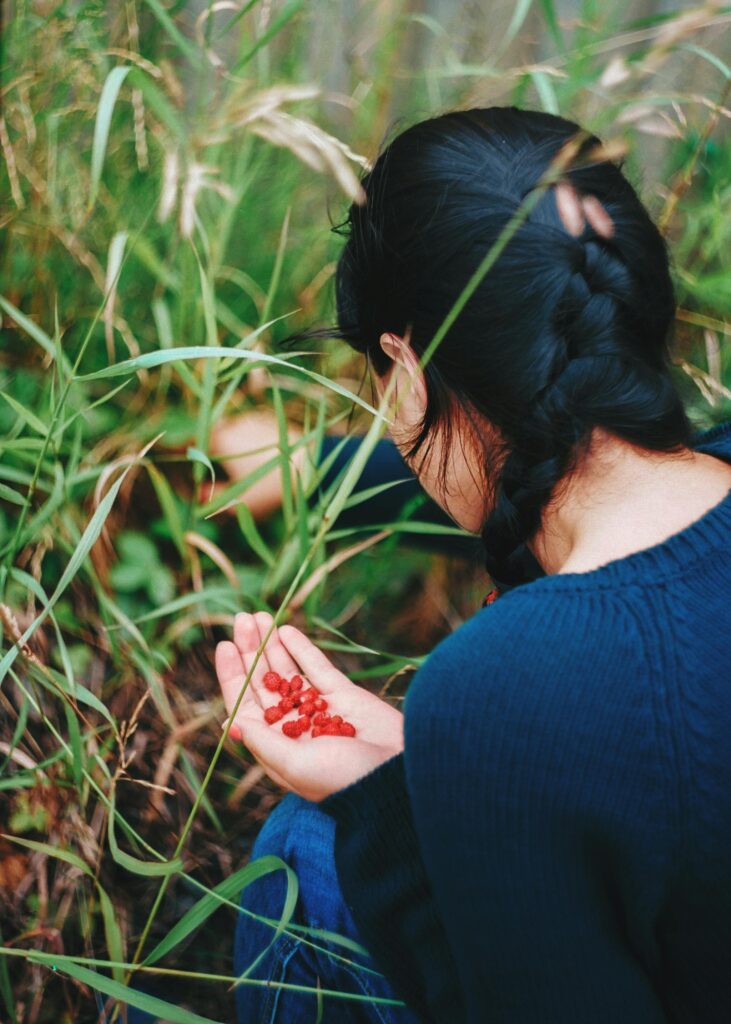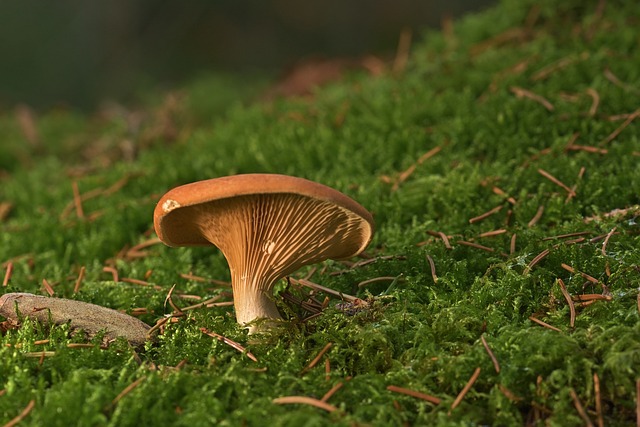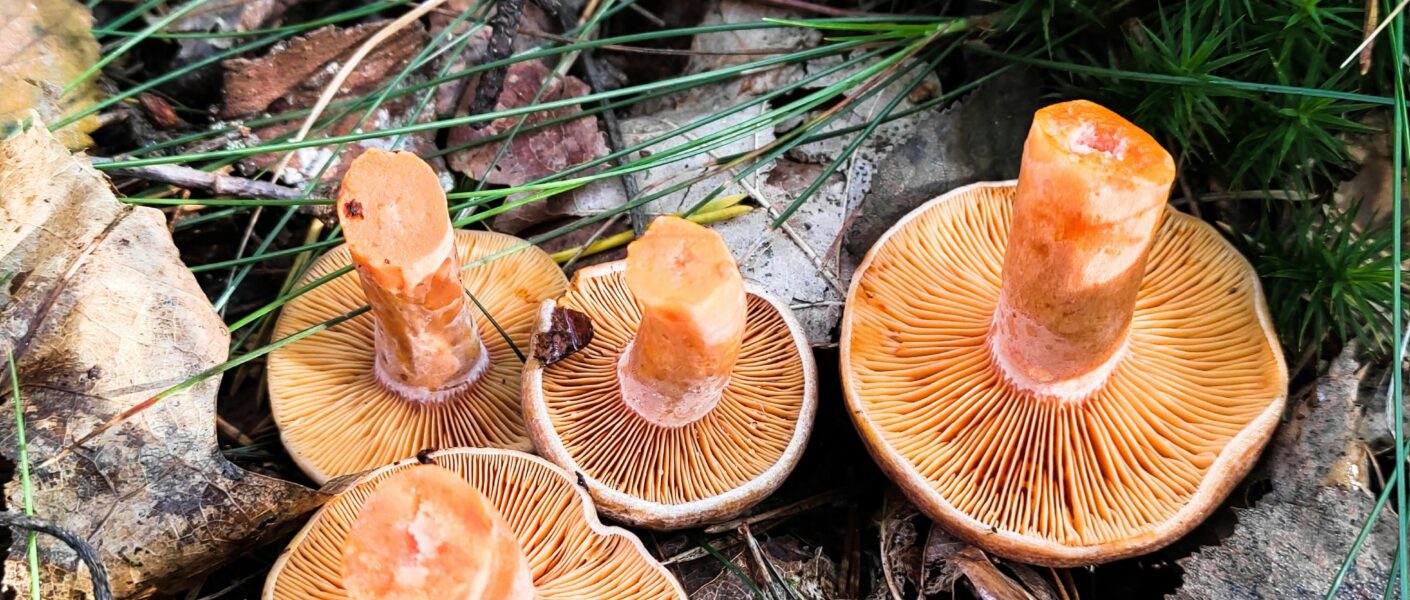Wild feasting, a practice as old as humanity, is experiencing a revival in the modern world. People are drawn to the idea of gathering ingredients directly from nature, and with the rising focus on sustainability, mindful consumption, and natural living, wild foraging is becoming more than just a trend—it’s a lifestyle. The following sections delve into the appeal of wild feasting and how it’s being embraced by chefs, food enthusiasts, and nature lovers alike.
The Essence of Wild Feasting
Wild feasting is all about returning to nature to source food that is untouched by industrial agriculture. This involves collecting edible plants, fungi, nuts, and even seafood directly from their natural habitats. The experience of foraging not only promotes a closer relationship with the earth but also helps people appreciate the rich biodiversity that exists in forests, fields, and coastlines. For many, it’s about more than food; it’s a spiritual practice of connecting with nature and slowing down in a fast-paced world.
Health and Sustainability: The Core Benefits
One of the main draws of wild feasting is its alignment with sustainable practices. Foraged foods are naturally organic, often richer in nutrients, and free from harmful pesticides and chemicals. For example, wild mushrooms are packed with antioxidants, while foraged herbs like nettles are rich in vitamins and minerals. Wild food is also seasonal, promoting a sustainable way of eating that reduces reliance on mass-produced, out-of-season crops.
Additionally, the act of foraging itself encourages environmental stewardship. Foragers learn about ecosystems, practice conservation, and gather only what is needed, ensuring that natural habitats can continue to thrive. This sustainable, low-impact approach contrasts sharply with the environmental toll of large-scale agriculture.
The Culinary Adventure of Wild Feasting
In the culinary world, wild feasting is inspiring a new wave of creativity. Chefs across the globe are incorporating foraged ingredients into their dishes, infusing menus with bold, fresh flavors that can’t be replicated by traditional farming. Foraging provides access to unique flavors—from earthy wild mushrooms to zesty wild garlic and tart berries—that highlight the beauty of regional and seasonal eating.
Fine dining establishments, particularly in Nordic and coastal regions, are embracing wild feasting as a way to reconnect diners with nature. Michelin-starred restaurants are now serving dishes that feature ingredients foraged from nearby forests or beaches, creating a farm-to-table experience that’s hyper-local and rooted in nature.

How to Get Started with Wild Feasting
Getting started with wild feasting doesn’t require extensive experience, but it does demand some knowledge. Here are steps beginners can take:

- Learn the Basics: Study field guides or attend foraging workshops. Learn to identify common edible plants like dandelions, wild garlic, and chanterelles, but also be aware of lookalikes that may be toxic.
- Start Small: Begin by foraging in local areas like parks, forests, or your backyard. Plants like sorrel, chickweed, and elderflowers are commonly found and easy to identify.
- Know the Seasons: Each season brings different foraging opportunities. Spring is ideal for fresh greens and herbs, while autumn is perfect for gathering mushrooms and nuts.
- Practice Ethical Foraging: Only take what you need and avoid overharvesting. Always leave enough plants or fungi so that the species can continue to thrive.

Wild Feasting Experiences Around the World
If you’re curious about wild feasting but unsure where to start, consider joining a foraging tour. Several destinations around the world offer guided experiences where you can learn from experts while exploring new landscapes:
- Scandinavia: In Norway and Sweden, wild foraging is a way of life, and many rural areas offer guided tours to collect wild berries, mushrooms, and herbs that are later transformed into rustic, regional dishes.
- Pacific Northwest, USA: From Oregon’s forests to Washington’s coastline, this region is a forager’s paradise. Workshops teach everything from mushroom hunting to seaweed gathering, while local restaurants often feature these ingredients on their menus.
- Japan: The tradition of sansai (mountain vegetables) foraging is deeply rooted in Japanese culture. Travelers can experience wild feasting firsthand in the rural mountains of Japan, where fresh mountain vegetables like fiddlehead ferns and bamboo shoots are prized.

Wild feasting is more than just a food trend—it’s a way of reclaiming a deeper connection with the earth, our food, and ourselves. As modern life becomes more disconnected from nature, the practice of foraging invites us to slow down, observe our surroundings, and appreciate the incredible diversity that the natural world offers. Whether it’s gathering mushrooms from the forest floor or picking wild berries on a sunny hillside, wild feasting brings a sense of adventure, sustainability, and mindfulness back to the table.




